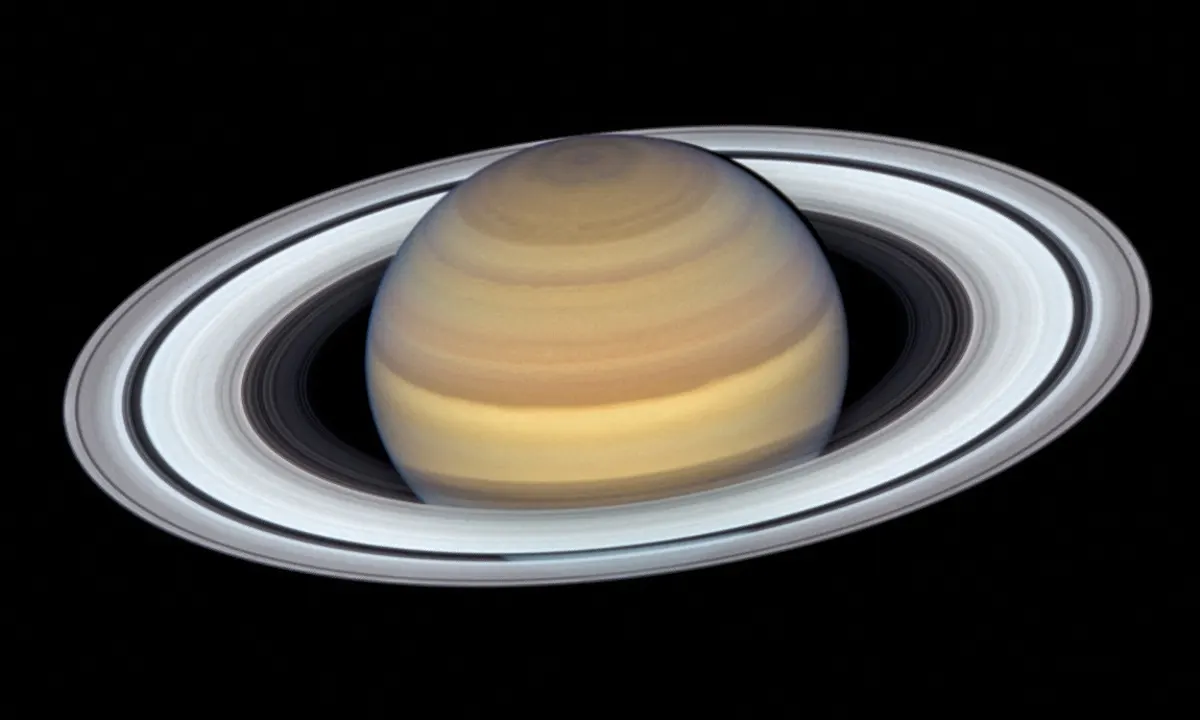In a groundbreaking revelation that has left scientists astounded, Saturn has unveiled the presence of an impressive 62 new moons, catapulting its total moon count to a remarkable 145. This astonishing discovery surpasses the previous record held by Jupiter, which had 95 moons in its orbit.
Led by Edward Ashton, an international team of researchers employed an innovative technique known as “shift and stack” to identify these previously unknown moons. Ranging in size from small ones measuring as little as 1.5 miles in diameter, this remarkable find offers valuable insights into the history of celestial collisions within Saturn’s orbit.
For a significant period, Jupiter held the esteemed title of having the most moons in the solar system. However, the unveiling of these 62 newfound moons has relegated Jupiter to second place, cementing Saturn’s status as the reigning planet with the highest number of natural satellites.
The scientific community celebrated this momentous discovery, achieved through the collaborative efforts of an international team. Spearheaded by Edward Ashton, a post-doctoral researcher at Taiwan’s Academia Sinica Institute of Astronomy and Astrophysics, the researchers are eager to share their comprehensive findings, expected to be released in the coming months.
Describing the process of tracking these moons, Ashton drew a fascinating analogy, comparing it to a complex game of Dot-to-Dot. Each appearance of a moon in their data had to be methodically connected to form a coherent orbit. With numerous “games” taking place simultaneously on the same page, identifying the correct connections for each moon presented an exhilarating and challenging task.
All 62 of the recently discovered moons belong to the category of irregular moons, characterized by their eccentric and inclined orbits, often exhibiting retrograde motion. Astronomers speculate that these captured objects were ensnared by Saturn’s gravitational influence in the distant past. Saturn’s moons typically organize themselves into coordinated orbital groups based on their tilt, and the newly found moons are believed to belong to one of these groups, further enhancing our understanding of the planet’s intricate lunar ecosystem.
Scientists are now excitedly anticipating the wealth of knowledge that can be gleaned from Saturn’s expanded moon collection. This extraordinary discovery offers a unique opportunity to unravel the mysteries of past collisions and gain deeper insights into the captivating history of Saturn and its enthralling celestial companions.
As the scientific community eagerly awaits the detailed findings from this monumental discovery, the revelation of these 62 new moons serves as a testament to humanity’s unyielding curiosity and our unending quest to explore the wonders of our vast universe.




